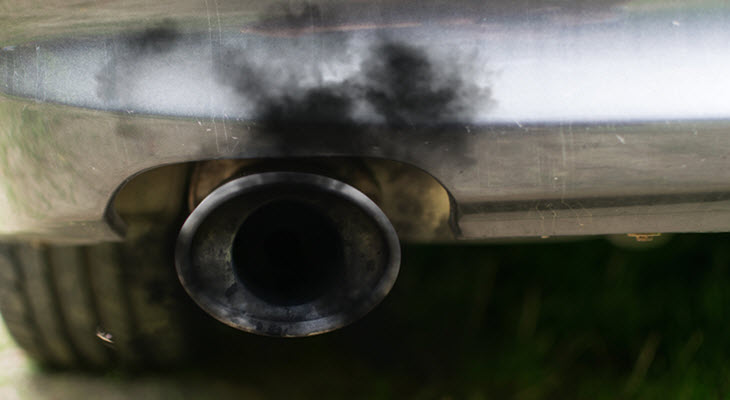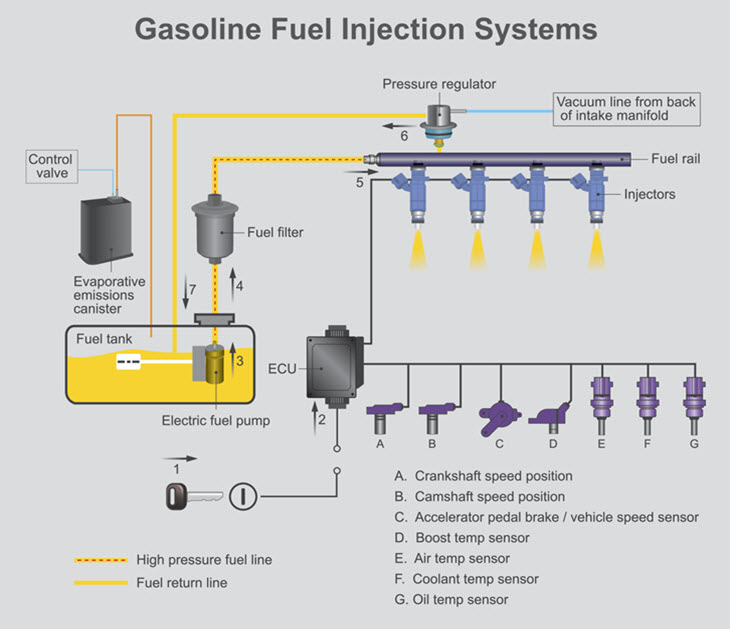As a Mercedes owner, you should know that every part of your vehicle is important in keeping it in perfect condition for your use. A defect to any part or system of your Mercedes can disrupt the overall functioning of the car.
The Mercedes fuel pressure regulator is a classic example. Once this regulator fails, your Mercedes may begin to experience some problems which can be tricky to fix. However, quick diagnoses can help to quicken your car’s healing process. Hence, this guide will provide useful tips to help you easily diagnose faults in your car’s fuel pressure regulator.
3 Core Tips to Help Diagnose a Failed Fuel Pressure Regulator
- Carefully inspect your car: If you suspect that there is an issue with your Mercedes’ fuel pressure regulator, you can start your diagnosis by carefully looking around the regulator to identify any sign of damage or corrosion that can cause problems.
- Inspect with a gauge: Your Mercedes has a service manual that contains information on the normal values for your car’s fuel pressure. You can use a fuel pressure gauge to check the readings. Then compare the measured values with what you have in your service manual and you can tell if something is amiss.
- Inspect with a Vacuum Hose: Lastly, you can use your car’s vacuum hose to check and diagnose if there is any fault to your Mercedes fuel pressure regulator. All you need to do is remove the hose from the regulator and check for the presence of fuel. If fuel is present in the hose, it indicates damage to the fuel pressure regulator.
5 Signs of a Damaged Mercedes Fuel Pressure Regulator
- Check Engine light: The most obvious indication of a failure in the fuel pressure regulator is usually on your car’s dashboard. The engine control unit of your Mercedes can spot certain errors such as a bad regulator and then send signals to turn on the check engine light on your dashboard to notify you.While this might not always be the case, you need to inform an expert to be certain.
- Exhaust pipe showing black smoke: Another common indicator of a faulty fuel pressure regulator is black smoke from the exhaust pipe of your vehicle. Even new Mercedes vehicles can show this sign if the regulator does not work perfectly. This is caused by incomplete fuel combustion when the regulator does not adequately regulate fuel pressure, thus fuel mixture and distribution is affected.
- Engine issues: Mercedes vehicles with faulty regulators can also experience engine problems. Loss of fuel pressure is responsible for this issue as every engine needs fuel to run at its best. When fuel is not supplied in sufficient amounts, the engine can start to misbehave. You may start to notice signs like hard starting, stalling, or a complete lack of engine power.
- Engine overheating: If your car’s engine continuously overheats, even with minimal use, it could be indicative of a faulty fuel pressure regulator. This fault in the regulator can affect the way fuel burns, sometimes causing incomplete combustion, which generates heat in the engine of the vehicle, causing overheating.
- Reduced fuel efficiency: Have you ever observed that your fuel economy has reduced in one way? This, if combined with any of the other signs stated above, can show a fault in your car’s fuel pressure regulator. This is because when a regulator cannot control the way it releases fuel into its injector, there can be too much or too little fuel. This can cause problems in the engine and also reduce fuel economy in the long run.
Das European Autohaus for Professional Auto Services
While you can inspect your Mercedes regularly to identify faults in the Fuel pressure regulator, there is so much more that you might be unable to do to help bring your car back to normal. Such a situation would require the help of trained personnel.
Das European Autohaus is a house to many trained mechanics with several years of experience in servicing and fixing European vehicles. You can trust us to provide quality services for your Mercedes in Spring or Houston. Any maintenance service you need for your vehicle in and around Texas, we’ve got you.


